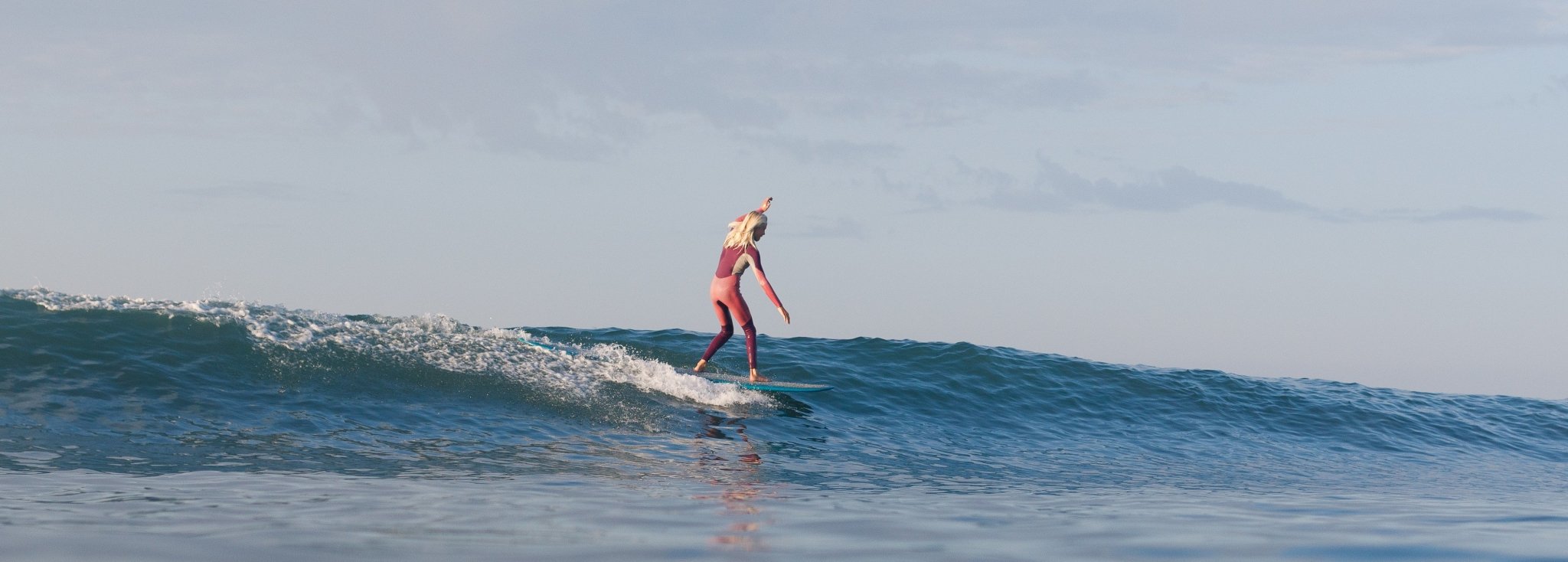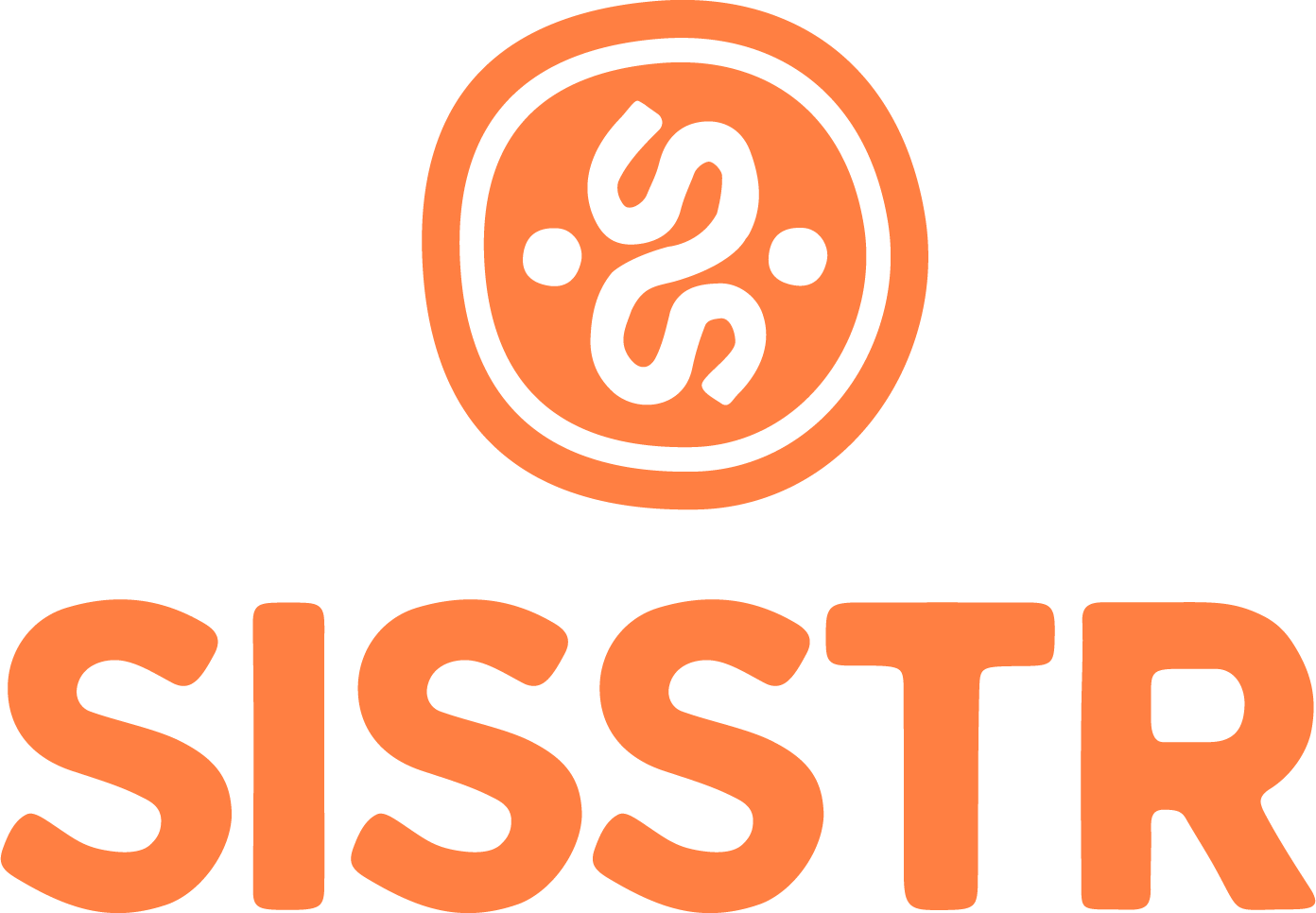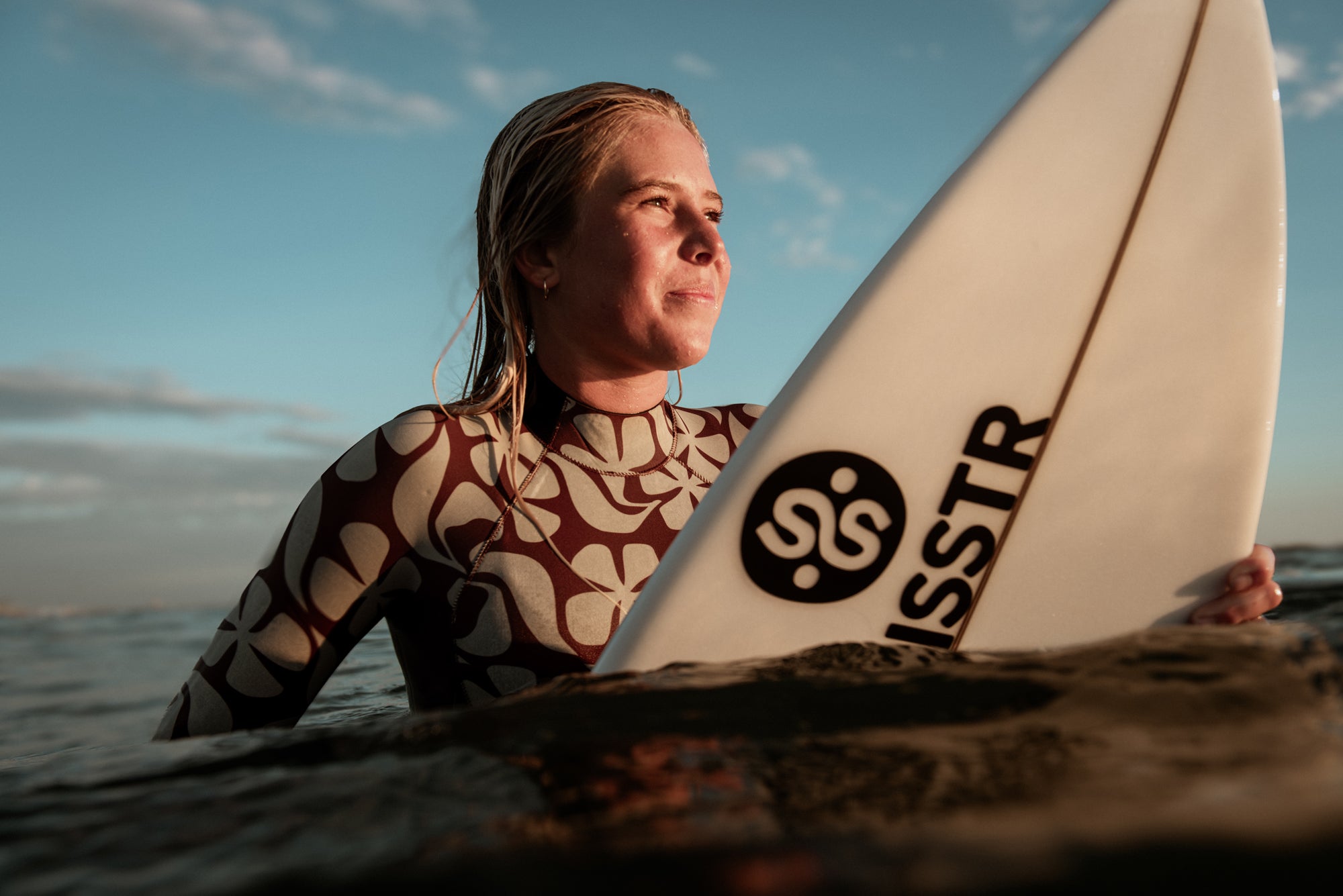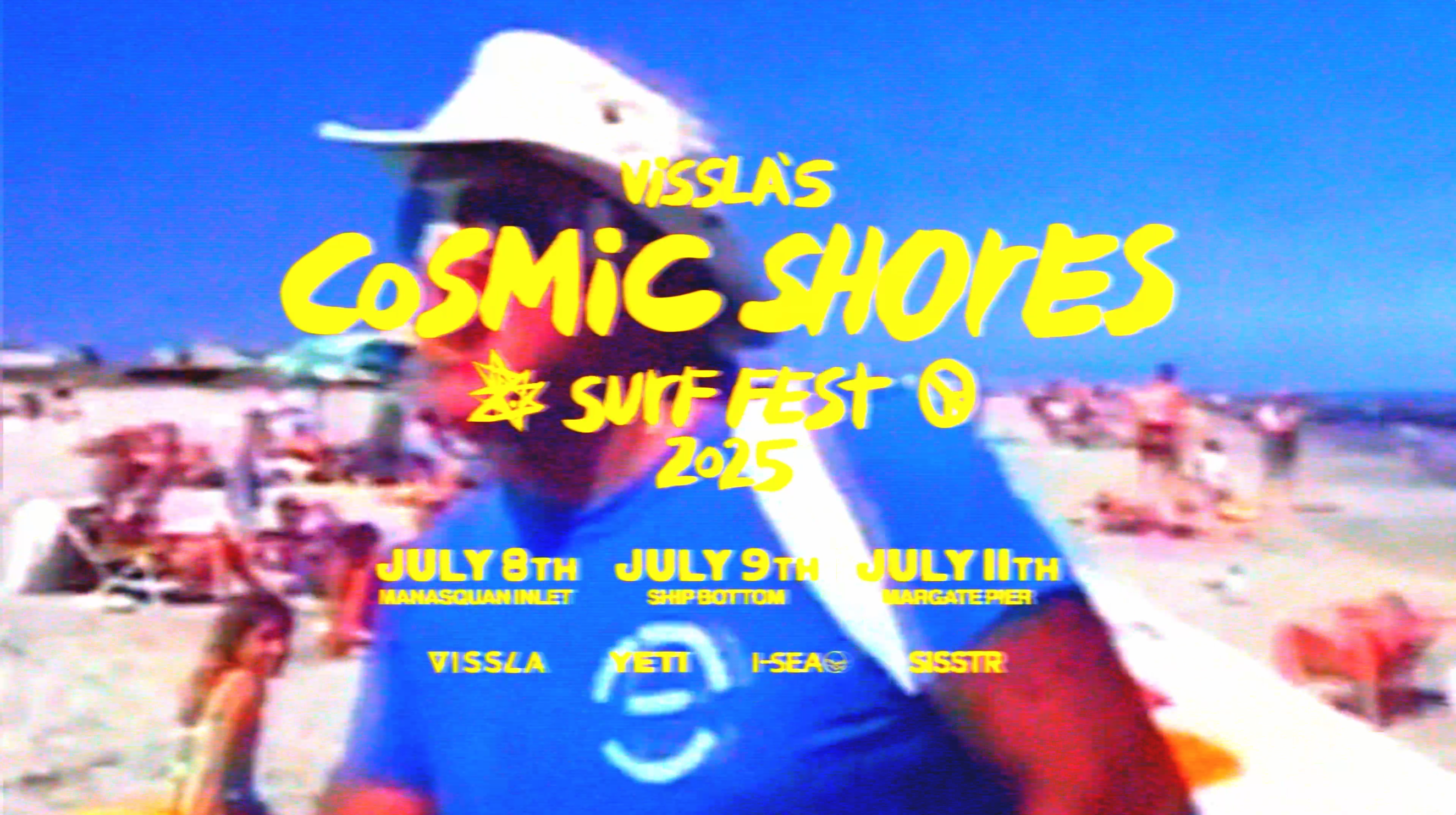STEPS TOWARD SUSTAINABILITY WITH MARISSA MILLER




All Photos by Amber Mozo
It’s summertime on the South Shore of O’ahu and the waves are rolling in; but in between swells it’s nice to take a break from the surf, escape the crowd, and do something a little different. I recently went up to the Northeast side of the island to meet up with Amber Mozo and do a beach cleanup on one of O’ahu’s dirtiest coastlines.
People often come to O’ahu to see the beautiful beaches and waves on the North Shore and Waikiki, but most people don’t get to see this very different side of the island. This area tells an important, and often hidden story about the impacts of plastic pollution and mismanagement of ocean resources. Here on the windward side, we see massive tangles of marine debris washing ashore, along with a tide of tiny microplastics scattered across the shoreline–a sight you normally wouldn’t think of when you picture the white sandy beaches of Hawai’i.
We cleaned for about an hour, gathering a variety of marine debris–including nets, hagfish traps, oyster spacers, fishing line, plastic crates, plastic bottles, bottle caps, nurdles, other microplastics, and a variety of other plastic items and fragments.
The first thing you might be wondering is where it all comes from. Is it dumped there? Is it littered? Is it local fishermen? The answer is fairly complex. This debris comes from all over the Pacific, and it can be challenging to identify where exactly any particular piece is coming from. Marine debris gathers in what we know as “gyres”–you can think of these as giant swirling currents of plastic soup–and there are 5 known gyres across the world’s oceans. Debris from the North Pacific gyre is often carried by the tradewinds and currents down to the Hawaiian Islands and deposited here on our windward shores.
Our island chain is one of the most remote island chains on the planet, yet being in the middle of the Pacific, we are still bombarded by trash. It makes me wonder…
Where have we not left a footprint? Are there any lands or oceans left untouched? Will the next generation ever get to surf in clean beaches or play in clean sand? Clearly this is a big problem, but what can we do?
So I came up with 10 simple things you can do to help. This is by no means an exhaustive list, and these suggestions are in no particular order. They are starting points–seeds to plant in your mind. I hope these seeds will grow, and that you will come up with your own creative and innovative solutions to this issue–and share them!
Eat less fish. Why? The majority of what we see washing up on our shores (in terms of volume or mass) is fishing debris. The less fish we eat, the more fish in the sea, and the less we support an industry that is dumping so much debris in our waters.
Buy local seafood. If you just can’t give up fish, then know your source, and ensure its practices are ethical and sustainable.
Start avoiding single use plastic takeout items like plastic bags, food containers, cups, bottles, utensils, straws, wrapping, ziplocs, etc. Bring your own reusables everywhere you go!
Swap out other plastic containers and items in your household as well. Walk around your house identifying things that are plastic (there’s a lot more than you think) and start brainstorming alternatives made from more natural materials. Bamboo is a great alternative because it’s strong, natural, fast-growing, and versatile!
Buy unpackaged items and buy in bulk at the store. Fill up your own reusable containers at bulk stores and co-ops. You can do this with food as well as toiletries like toothpaste, soap, shampoo, lotion, etc. (Or start some DIY projects and make your own!)
Join an organization and start volunteering. Non-profits focused on the planet can help you learn more about the environmental issue so you can help find more solutions. There are so many ways that you can be involved, and getting engaged on a regular basis holds you accountable for consistently making the positive changes that you want to make while sparking creativity and inspiration as well.
Get involved with policy. Whether it’s voting, submitting testimony on legislation, calling and writing to your representatives, marching in the streets, or showing up to public meetings, you can use your voice to leverage solutions from the top-down in addition to bottom-up. Policy can help stop plastic pollution at the source, so we don’t have to keep cleaning it up.
Start a conversation. Spread the word and educate those around you. Listen to what they have to say in return. You can always be learning more and helping others learn too.
Knowledge is power when it comes to creative problem solving.
Build a network and community of people who also care and are trying to take action. Brainstorm solutions and share your challenges together. It doesn’t have to be a strictly organized group, but it is beneficial to have a network of shared interest and support. We are in this together, so don’t try to tackle it alone.
Lastly, find your own solutions and explore ways to use your personal skills to make a positive impact on the environmental issue. Everyone has their own voice and experience that can be leveraged to help progress the sustainability movement.
How we treat our environment matters–both directly and indirectly. As surfers, beachgoers, and community members on an island in the middle of the Pacific, it is our responsibility to take care of these coastlines and surrounding waters. It is equally important for people who live on other coastlines around the world, and even farther inland from coastal areas, because everything in our ecosystem is connected.
-MM
It’s summertime on the South Shore of O’ahu and the waves are rolling in; but in between swells it’s nice to take a break from the surf, escape the crowd, and do something a little different. I recently went up to the Northeast side of the island to meet up with Amber Mozo and do a beach cleanup on one of O’ahu’s dirtiest coastlines.
People often come to O’ahu to see the beautiful beaches and waves on the North Shore and Waikiki, but most people don’t get to see this very different side of the island. This area tells an important, and often hidden story about the impacts of plastic pollution and mismanagement of ocean resources. Here on the windward side, we see massive tangles of marine debris washing ashore, along with a tide of tiny microplastics scattered across the shoreline–a sight you normally wouldn’t think of when you picture the white sandy beaches of Hawai’i.
We cleaned for about an hour, gathering a variety of marine debris–including nets, hagfish traps, oyster spacers, fishing line, plastic crates, plastic bottles, bottle caps, nurdles, other microplastics, and a variety of other plastic items and fragments.
The first thing you might be wondering is where it all comes from. Is it dumped there? Is it littered? Is it local fishermen? The answer is fairly complex. This debris comes from all over the Pacific, and it can be challenging to identify where exactly any particular piece is coming from. Marine debris gathers in what we know as “gyres”–you can think of these as giant swirling currents of plastic soup–and there are 5 known gyres across the world’s oceans. Debris from the North Pacific gyre is often carried by the tradewinds and currents down to the Hawaiian Islands and deposited here on our windward shores.
Our island chain is one of the most remote island chains on the planet, yet being in the middle of the Pacific, we are still bombarded by trash. It makes me wonder…
Where have we not left a footprint? Are there any lands or oceans left untouched? Will the next generation ever get to surf in clean beaches or play in clean sand? Clearly this is a big problem, but what can we do?
So I came up with 10 simple things you can do to help. This is by no means an exhaustive list, and these suggestions are in no particular order. They are starting points–seeds to plant in your mind. I hope these seeds will grow, and that you will come up with your own creative and innovative solutions to this issue–and share them!
Eat less fish. Why? The majority of what we see washing up on our shores (in terms of volume or mass) is fishing debris. The less fish we eat, the more fish in the sea, and the less we support an industry that is dumping so much debris in our waters.
Buy local seafood. If you just can’t give up fish, then know your source, and ensure its practices are ethical and sustainable.
Start avoiding single use plastic takeout items like plastic bags, food containers, cups, bottles, utensils, straws, wrapping, ziplocs, etc. Bring your own reusables everywhere you go!
Swap out other plastic containers and items in your household as well. Walk around your house identifying things that are plastic (there’s a lot more than you think) and start brainstorming alternatives made from more natural materials. Bamboo is a great alternative because it’s strong, natural, fast-growing, and versatile!
Buy unpackaged items and buy in bulk at the store. Fill up your own reusable containers at bulk stores and co-ops. You can do this with food as well as toiletries like toothpaste, soap, shampoo, lotion, etc. (Or start some DIY projects and make your own!)
Join an organization and start volunteering. Non-profits focused on the planet can help you learn more about the environmental issue so you can help find more solutions. There are so many ways that you can be involved, and getting engaged on a regular basis holds you accountable for consistently making the positive changes that you want to make while sparking creativity and inspiration as well.
Get involved with policy. Whether it’s voting, submitting testimony on legislation, calling and writing to your representatives, marching in the streets, or showing up to public meetings, you can use your voice to leverage solutions from the top-down in addition to bottom-up. Policy can help stop plastic pollution at the source, so we don’t have to keep cleaning it up.
Start a conversation. Spread the word and educate those around you. Listen to what they have to say in return. You can always be learning more and helping others learn too.
Knowledge is power when it comes to creative problem solving.
Build a network and community of people who also care and are trying to take action. Brainstorm solutions and share your challenges together. It doesn’t have to be a strictly organized group, but it is beneficial to have a network of shared interest and support. We are in this together, so don’t try to tackle it alone.
Lastly, find your own solutions and explore ways to use your personal skills to make a positive impact on the environmental issue. Everyone has their own voice and experience that can be leveraged to help progress the sustainability movement.
How we treat our environment matters–both directly and indirectly. As surfers, beachgoers, and community members on an island in the middle of the Pacific, it is our responsibility to take care of these coastlines and surrounding waters. It is equally important for people who live on other coastlines around the world, and even farther inland from coastal areas, because everything in our ecosystem is connected.
-MM







